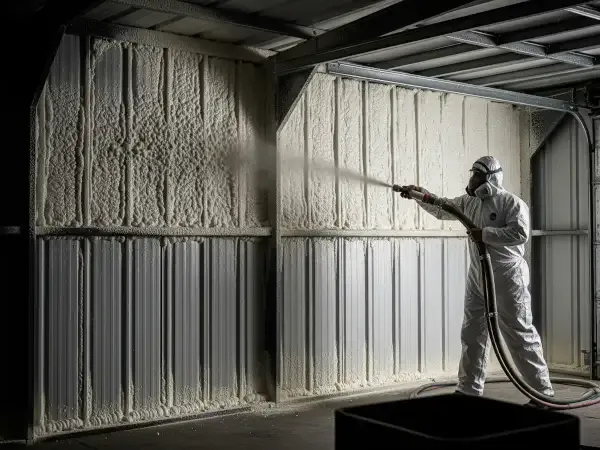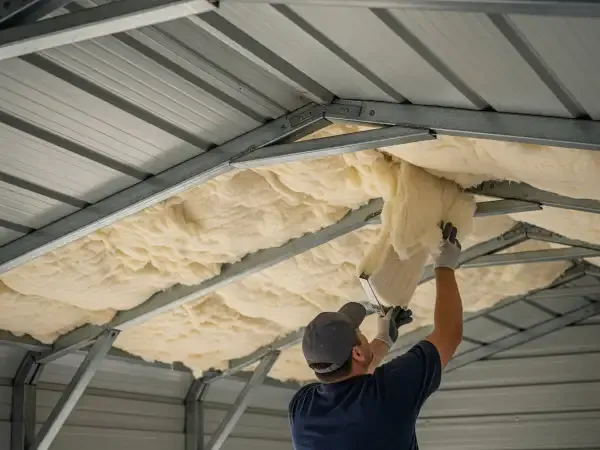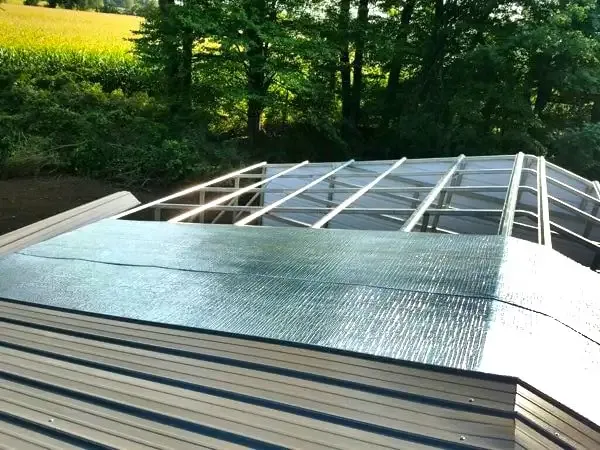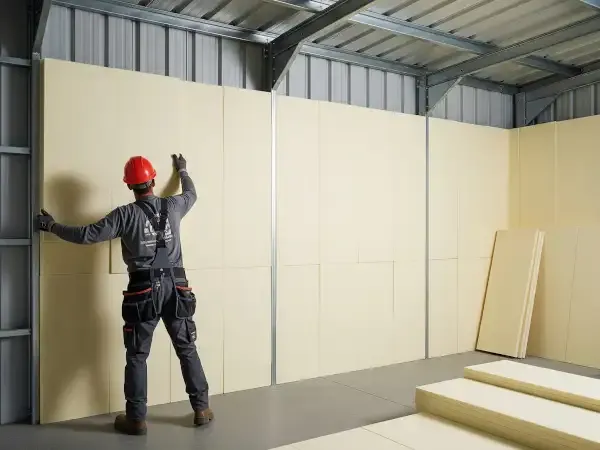A metal building protects you from the elements, but insulation for metal buildings is what protects you and your valuable assets inside the building. It's the most important upgrade you can make to transform a simple steel structure into a comfortable workspace, a dry garage, or a secure storage area. Proper insulation isn't a luxury; it's essential for climate control, energy efficiency, and preventing moisture damage.
At Steel Building Stores, we guide you through the steel building insulation options so you can choose the right solution for your climate and your needs. Understanding insulation is key to maximizing the value and functionality of your metal building for decades to come.




